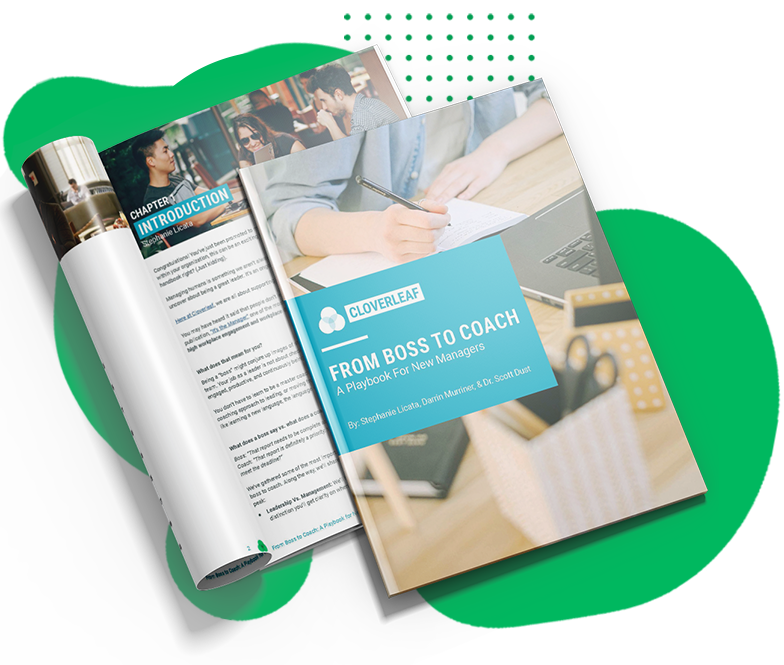Whether you want to get a new client started out successfully, or continue to sustain your current clientele, it’s important to have the right coaching skills to help them thrive. Therefore, we want to help you in your effective coaching journey by providing a list of the do’s and don’ts of coaching in the workplace.

DO: ASK OPEN-ENDED QUESTIONS
One of our best coaching tips is that asking “yes” and “no” questions will not lead anywhere. If your client does not expand on what they are saying, the conversation may end too quickly and provide no meaningful context to work off or toward goals.
Good example: Ask: what do you find challenging about that? This leaves the conversation open for your coachee to speak on challenges and to expand as much as possible. This also may draw out more than one answer.
Bad example: Ask: do you think that is challenging because of your schedule? Your client may respond yes or no and leave the conversation there. They also may feel as though you are leading them to an answer, causing them to answer favorably. This does not leave room for them to discover problems or solutions on their own.
DO: Build Trust
Without a solid foundation of trust, your client will likely not speak freely about issues and areas of improvement, which will have an impact on their well-being and overall job satisfaction.
Good example: During coaching conversations, be an active listener, ask questions, be empathetic, don’t judge, and focus on your client (meaning don’t get distracted – no one likes meeting with someone who gets distracted by everything in the background and doesn’t make eye contact).
Bad example: Don’t pry into their client’s personal life (unless they want to), and don’t socialize (this could be unprofessional and make you seem like you’re always available).
DO: KNOW THAT EVERYONE IS DIFFERENT
Every person may need to be coached in a slightly different way. This is a learning process. Remember to be flexible and to tailor your approach so you don’t scare them off or underwhelm them. Using Cloverleaf for Coaches as a tool will prepare you with their preferred style of work, communication, conflict, etc.
Good example: A good coach takes time to learn how new clients work, as they will likely all be different.
Bad example: Jump in with the same attitude every time, as this will be accepted differently by different clients.
DON’T: TELL THEM WHAT TO DO
You are not your client, so when they ask you what you would do, know how to change the direction, and act as a leader, don’t just give out directions.
Good example:
Client: “My manager told me to do x task, but that’s not in my job description, so I didn’t do it. Now we have a meeting on Monday. What would you do?”
Coach: “Well, let’s dive deeper into this first. Why do you feel…?”
Bad example:
Client: “My manager told me to do x task, but that’s not in my job description, so I didn’t do it. Now we have a meeting on Monday. What would you do?”
Coach: “I would have done…”

DON’T: TALK MORE THAN YOUR CLIENT DOES
Your coachee should never feel like they are in a lecture or being talked at. So make sure you are asking questions to guide the coaching sessions, but they should also be talking most of the time. Be an active listener and ask follow-up questions. This will allow them to be comfortable with you and reveal underlying issues they are having.
DON’T: TALK ABOUT CLIENTS WITHOUT PERMISSION
You should never be talking about Sally’s work issues with Ryan to mentor him on what he is going through, that’s not right. But, you can pull the same coaching tools from different experiences and use them across clients.
Keep in mind this serves solely as a methodology in your backpack. If a client goes through a certain issue that you feel would serve as a good example, ASK them for permission before you do. If they say no, respect their boundaries.
In summary, remember that to be a great coach you need to ask open-ended questions, build trust, and recognize that everyone is unique.
HELP YOUR LEADERS MOVE FROM A BOSS TO COACH!
Inside you'll learn:
- Strategies for developing essential leadership skills within your managers
- Best practices for communicating and coaching your team
- Insight for navigating conflict and change
- Practical ideas for enhancing teamwork and motivating team members




